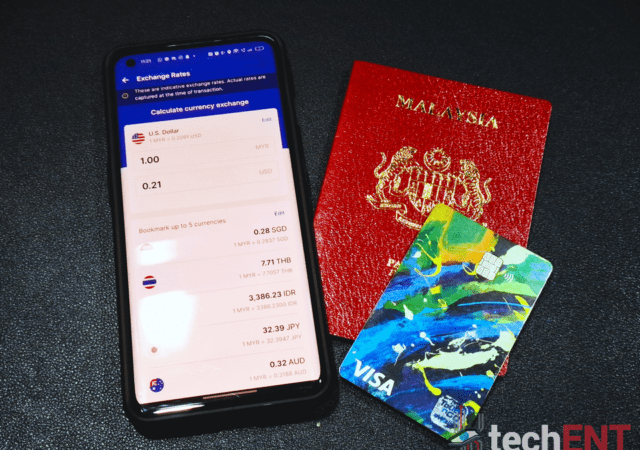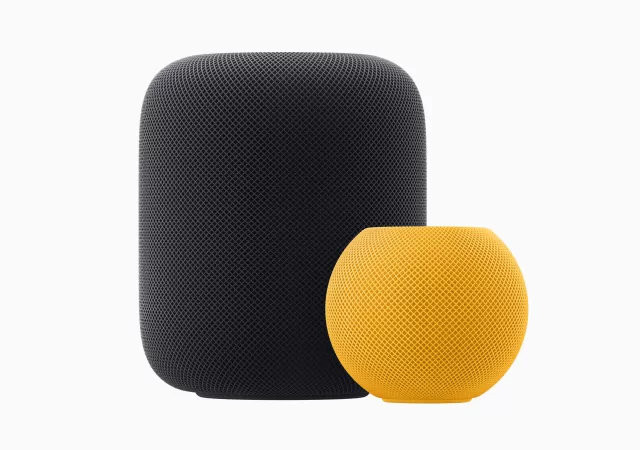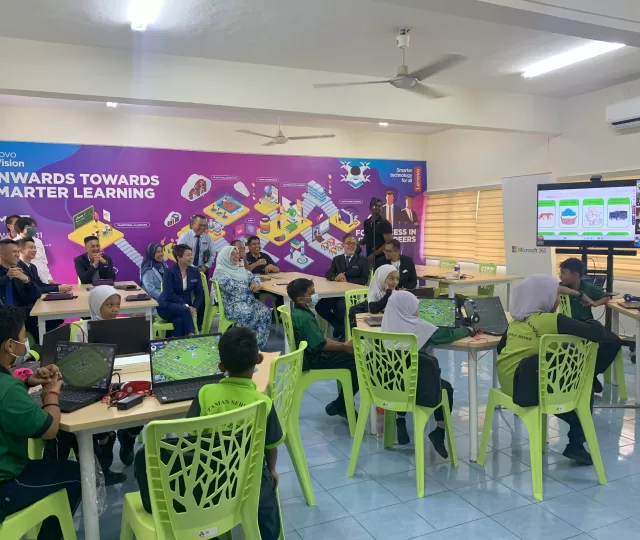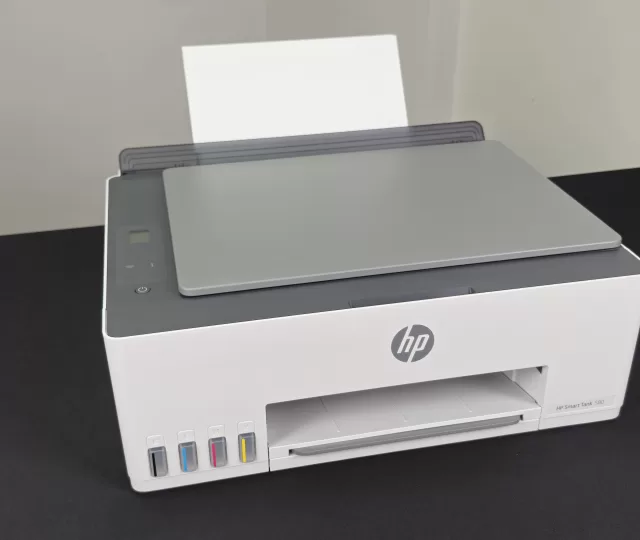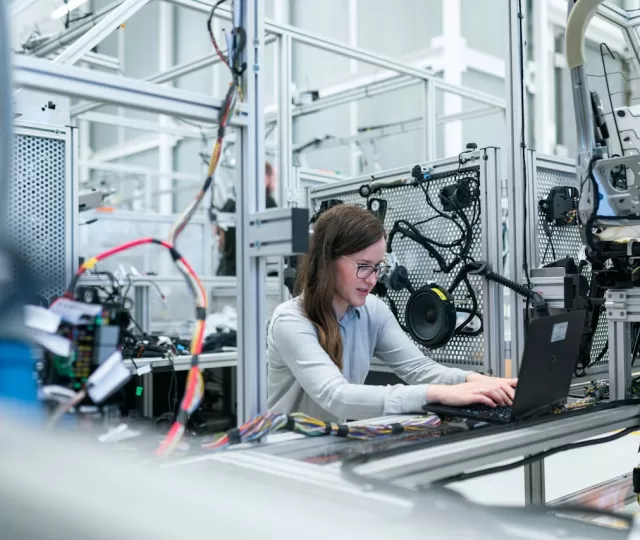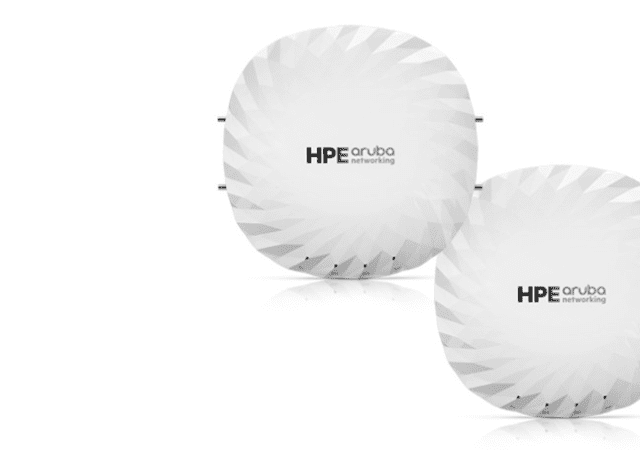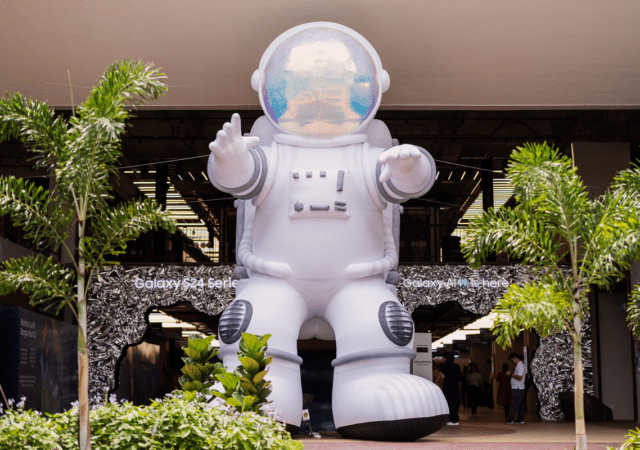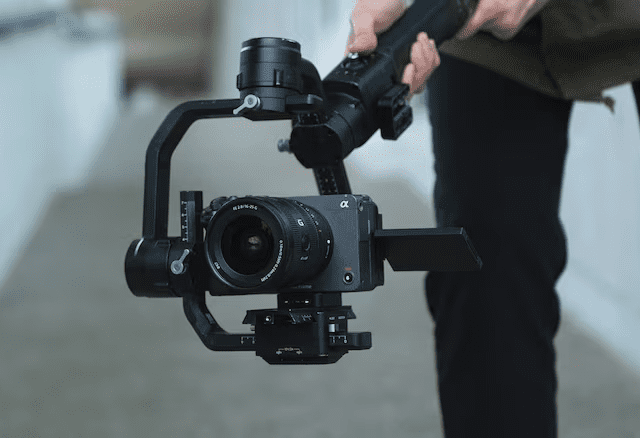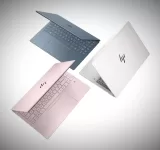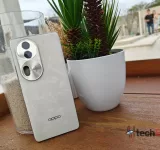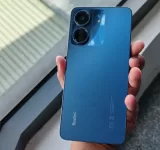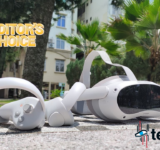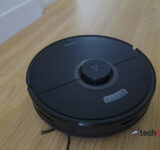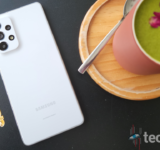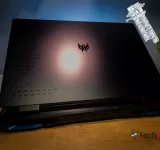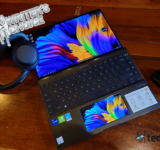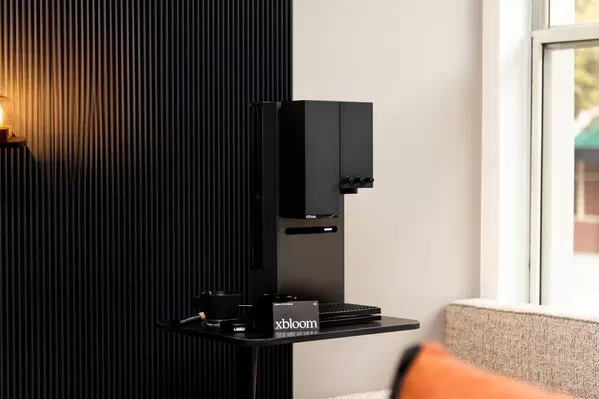
Lenovo & Austral Techsmith Join Forces to Revolutionize Smart Cities in Malaysia
Lenovo and Austral Techsmith join forces to bring next-generation video analytics to Malaysian cities through their strategic partnership and innovative 5G smart poles.
-
Calling All Sports Fans! Win a Trip to the Paris Olympics with AirAsia MOVE and Visa!
-
HPE Aruba Networking Unveils Powerful Wi-Fi 7 APs to Supercharge Enterprise Connectivity
-
Arena Breakout: Infinite Unveils First Gameplay, Closed Beta Kicks Off May 8
-
New Weapon in the Fight Against Pneumonia: Vaxneuvance™ Expands Protection in Malaysia
-
Huawei’s New Painting App, GoPaint, Arrives on May 7th
-
Galaxy AI-volution comes to Malaysia as Invaders Take over Semua House in Kuala Lumpur


ASUS ZenBook Duo (2024) First Look | techENT


[VIDEO] Samsung Galaxy S24 Series First Look


[VIDEO] OPPO Reno 11 Pro Review


First Look at the Huawei MatePad Pro 13.2 & MateBook D16


OPPO Find N3 Flip First Look & Specs Rundown


OPPO Find N3 First Look & Specs Rundown


Unboxing the Lenovo Ideapad V14 (ASMR Edition)


Hands On with the Nothing Phone (2)
Lenovo & Austral Techsmith Join Forces to Revolutionize Smart Cities in Malaysia
Lenovo and Austral Techsmith join forces to bring next-generation video analytics to Malaysian cities through their strategic partnership and innovative 5G smart poles.
Touch ‘n Go eWallet Unveils First-in-Malaysia In-App Visa Exchange Rate Calculator for Savvy Travelers
Touch N’ Go eWallet is bringing more features to make it a compelling travel companion including a brand new conversion tool that works with its VISA card.
Apple’s HomePod Lineup Lands in Malaysia Bringing Audiophile Sound for Every Room
Apple is bringing its acclaimed HomePod speakers to Malaysia. The HomePod lineup offers stunning audio experiences for every corner of your home. Starting May 10th, both the full-sized HomePod (2nd generation) and the compact HomePod mini will be available for…
Calling All Sports Fans! Win a Trip to the Paris Olympics with AirAsia MOVE and Visa!
Don’t miss out on the chance to attend Paris 2024 Olympics! AirAsia MOVE and Visa have an exciting promotion with tickets, flights, and amazing offers.
HPE Aruba Networking Unveils Powerful Wi-Fi 7 APs to Supercharge Enterprise Connectivity
HPE Aruba announces its new 730 series APs that bring Wi-Fi 7 connectivity, ultra triband technology and more robust features.
Arena Breakout: Infinite Unveils First Gameplay, Closed Beta Kicks Off May 8
Step into the immersive world of Arena Breakout: Infinite. Face off against skilled players, gather precious loot, and carve your path to fortune in this action-packed FPS.
New Weapon in the Fight Against Pneumonia: Vaxneuvance™ Expands Protection in Malaysia
A new vaccine called Vaxneuvance™, developed by MSD, has arrived in Malaysia. This next-generation vaccine offers broader protection against this serious illness compared to previous options. How does it work? Vaxneuvance™ is a 15-valent conjugate vaccine. This means it contains…
Huawei’s New Painting App, GoPaint, Arrives on May 7th
Get ready to paint like never before with GoPaint, Huawei’s new painting app. The new app is set to be launched soon. Here’s all the details.
Galaxy AI-volution comes to Malaysia as Invaders Take over Semua House in Kuala Lumpur
Discover the exciting world of Galaxy AI. Experience an immersive event showcasing the new features of Samsung’s Galaxy AI on the Galaxy S24 series.
Sony Strikes a Balance Between Size & Aperture with New Wide-Angle Zoom G Lens FE 16-25mm F2.8 G
Experience the power of Sony’s new FE16-25mm F2.8 lens. Capture high-resolution images with beautiful bokeh, all in a compact and lightweight design.
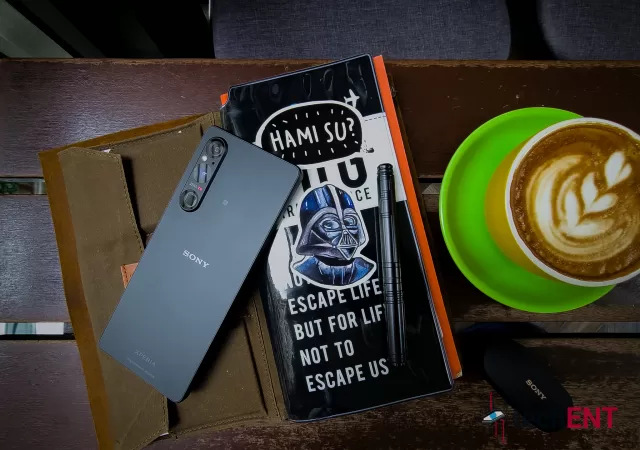

The Sony Xperia 1 V In-Depth Review – Maybe the Best MYR 6,399 You Can Spend
Sony’s Xperia 1 V is a thing of understated beauty to us. We really like it, but we also think that it is not made for everyone.
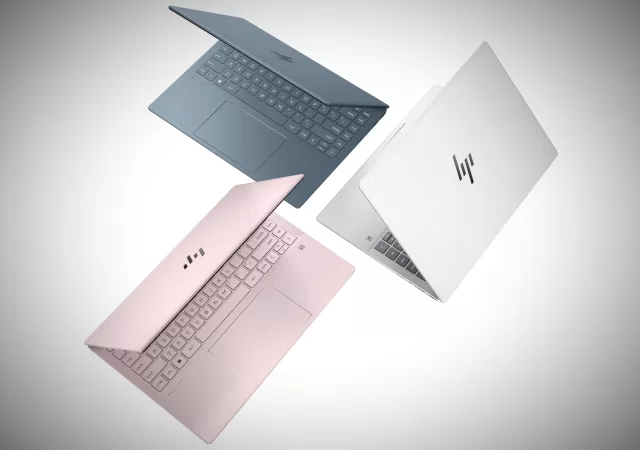

HP Pavilion Plus 14 AMD 7840U Review
Great for general work (typing and browsing), photo editing, casual video editing, light to moderate gaming, traveling, and watching videos, the HP Pavilion Plus 14 AMD 7840U doesn’t breaking the bank. Perfect for those who move about a lot for work and students, especially when on sale.


